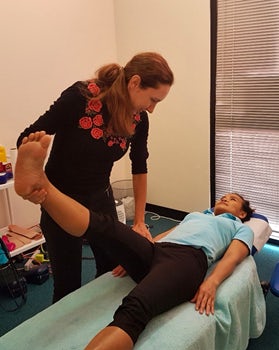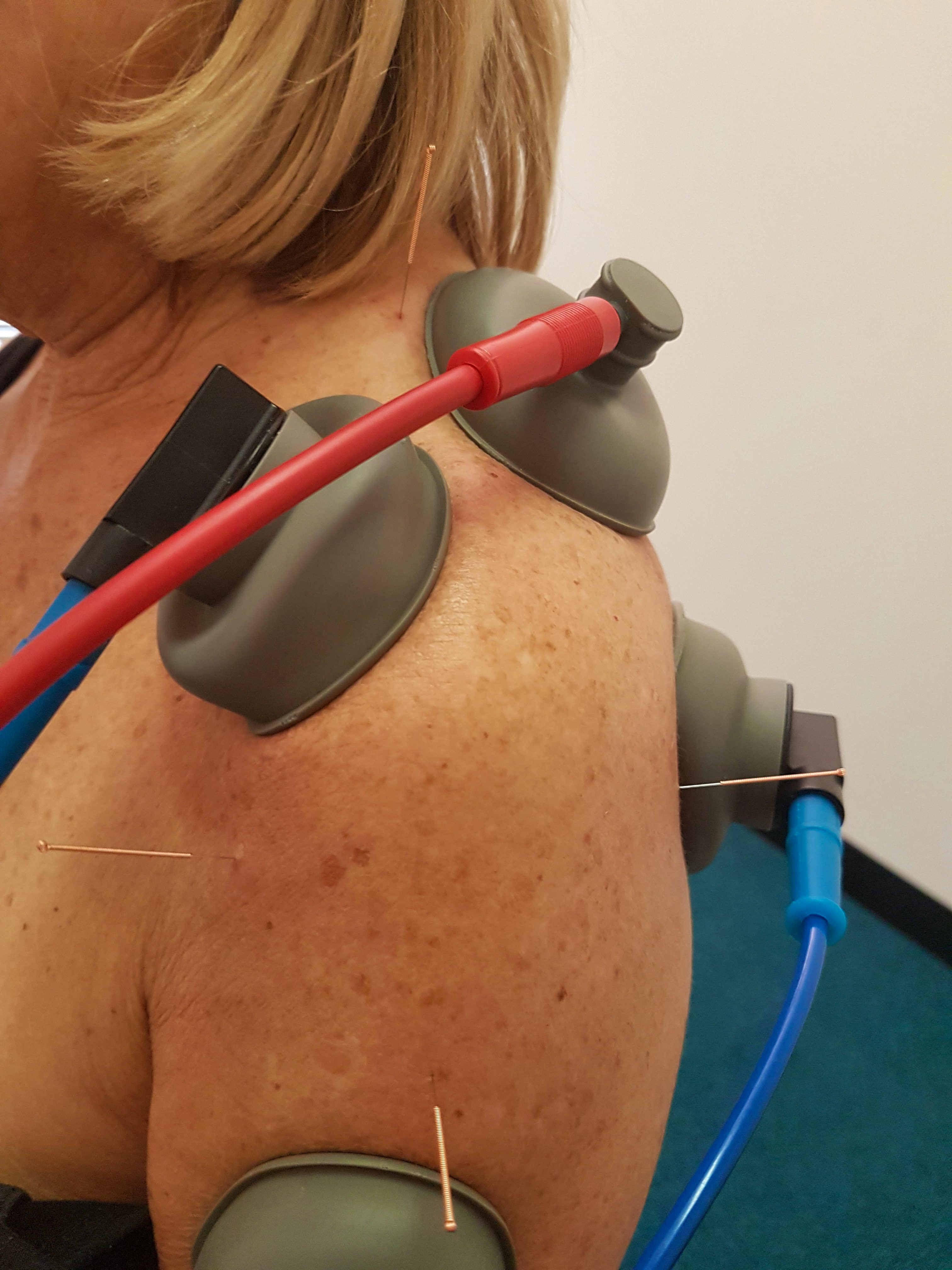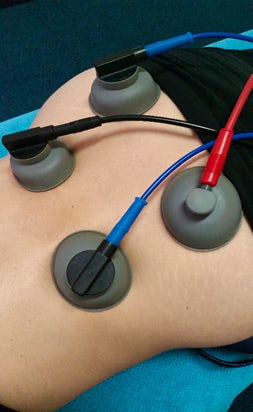
Is Chiropractic Scientific?
If you have clicked on this article you are probably wondering – what is chiropractic? And is there any evidence supporting chiropractic treatment? Chiropractic was discovered in 1895 by a man named D.D Palmer who described chiropractic as “a science of healing without drugs”. He believed that the human body had “innate intelligence” and possessed the capability to heal itself through energy travelling in the nervous system. He believed that spinal misalignments (which he termed “subluxations”) disrupted the flow of this healing energy to the organs, leading to illness.
 However it is important to remember that this was theorised in 1895 – just as modern medicine has evolved over time with new information and technology, so has theories of chiropractic. Here is what we have learnt since 1895:
However it is important to remember that this was theorised in 1895 – just as modern medicine has evolved over time with new information and technology, so has theories of chiropractic. Here is what we have learnt since 1895:
- A spine cannot be subluxed: true subluxation is a term used to describe a bone that is dislocated. If you have a dislocated spine you should be in emergency care, not at the chiropractor.
- Chiropractic cannot prevent or treat conditions affecting the organs.
- Chiropractic is still a science of healing.
Evidence Based Education
Chiropractic practitioners must study at a qualified university for a minimum of 5 years before they are registered. They complete a 3 year degree in a bachelor of science followed by a 2 year degree in clinical chiropractic and are required to continue learning throughout their career to maintain registration and ensure they are up to date with the best quality evidence and science.
During their 5 year degree, chiropractors obtain a wealth of knowledge about how to assess, diagnose and treat a wide range of musculoskeletal conditions including headaches. [1] They also spend a lot of their degree learning about a wide range of systemic conditions and mental health disorders, how they present and how to assess for them on initial assessments with patients. This is a very important skill to have as chiropractors are primary health care givers – meaning they may be the first contact a person has with the health system when they have a health problem – so they need to be proficient in identifying health issues that are not musculoskeletal for efficient and appropriate referral of the patient so they receive adequate health care. This alone involves being medically and scientifically versed.

The Modern Chiropractic Theory
So, if the evidence has shown that chiropractors do not correct “subluxations” to help optimise healing energy to the organs, what do they do? As with any health care profession, chiropractic restricts their therapies to those that are based on evidence. Unfortunately, some chiropractors still adhere to the original theories of chiropractic which is where much of the profession's criticism comes from.
 At Lakeside Chiropractic, our chiropractors utilise massage, exercise, advice, electrotherapy, taping, dry needling, traction and spinal manipulations to optimise your musculoskeletal health. While chiropractors specialise in spinal health it is important to note that they are well equipped to help with all musculoskeletal conditions that can affect any part of the body.
At Lakeside Chiropractic, our chiropractors utilise massage, exercise, advice, electrotherapy, taping, dry needling, traction and spinal manipulations to optimise your musculoskeletal health. While chiropractors specialise in spinal health it is important to note that they are well equipped to help with all musculoskeletal conditions that can affect any part of the body.
There is a growing body of evidence which has demonstrated that spinal manipulations, at a minimum, are as effective as exercise therapy, physiotherapy and standard medical care for low back pain. [2] This is why chiropractic is considered an alternative to medical procedures and pharmacological treatments to treat and manage musculoskeletal conditions.
At Lakeside Chiropractic, we utilise a number of treatment modalities which are backed by scientific evidence and tailor treatment plans to each individual to incorporate advice and exercises to optimise your health and wellbeing. For more information give us a call on 9300 0095 or visit our website at www.lakesidechiro.com.au to book an appointment.
References
1. Bronfort G, Haas M, Evans R, Leininger B, Triano J. Effectiveness of manual therapies: the UK evidence report. Chiropr Osteopat. 2010 Feb 25;18:3. doi: 10.1186/1746-1340-18-3. PMID: 20184717; PMCID: PMC2841070.
2. Rubinstein SM, van Middelkoop M, Assendelft WJJ, de Boer MR, van Tulder MW. Spinal manipulative therapy for chronic low-back pain. Cochrane Database of Systematic Reviews 2011, Issue 2. Art. No.: CD008112. DOI: 10.1002/14651858.CD008112.pub2



